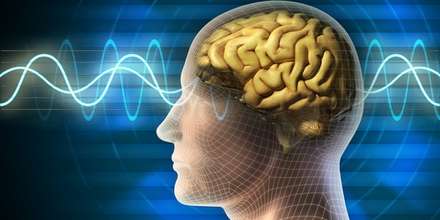Meditation and its effect on brain activity and the central nervous system has become a focus of collaborative research in neuroscience, psychology and neurobiology. Through various measurements and analysis of brain activity, scientists have sought to define and characterize various practices of meditation. One of the most common ways of doing this is to use electroencephalography, or EEG.
Several of these EEG studies have reported changes in spectral band frequencies during meditation inspired by techniques that focus on concentration, and in comparison much less has been reported on mindfulness and nondirective techniques that are proving to be just as popular.
A scientific experiment on Transcendental Meditation
In this scientific experiment recorded on video, brain waves are measured during a Transcendental Meditation session. Neurologist Fred Travis, PhD, has asked his daughter to meditate in front of a 450-strong audience and with a band of electrodes fixed to her head.
In spite of this unusual setting, the neuro-physiological effect of Transcendental Meditation is unhindered. As it is translated onto a computer screen, the transition from ordinary brain activity to meditative practice (see 2:30 in the video) is both a simple and an astoundingly powerful visual image – the chaotic EEG patterns give instantly way to a deeply steady, harmonious flowing.
WATCH VIDEO:
READ MORE:
Different meditation techniques, different effects


















